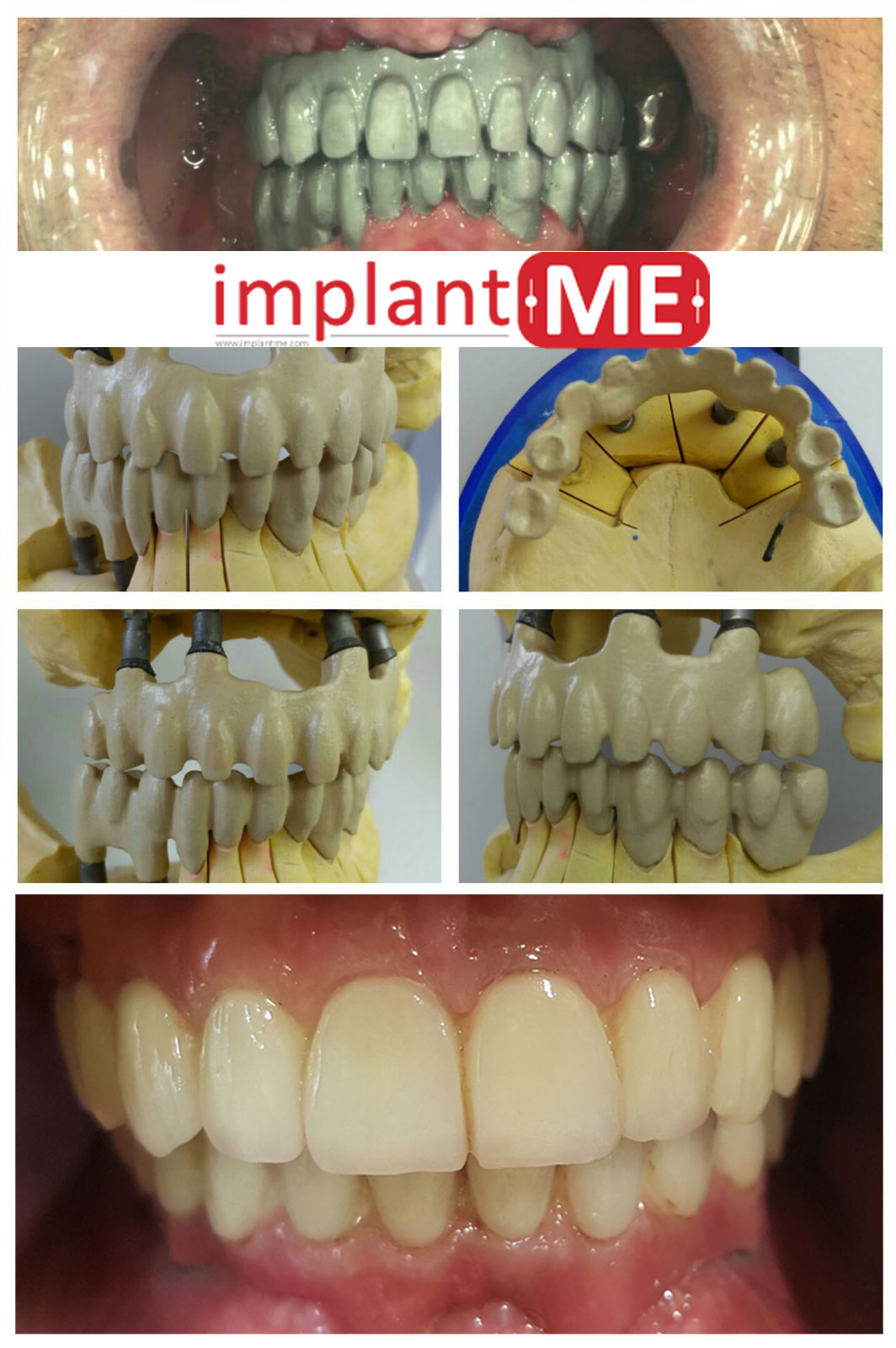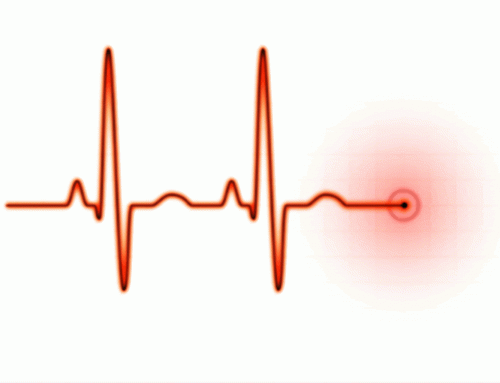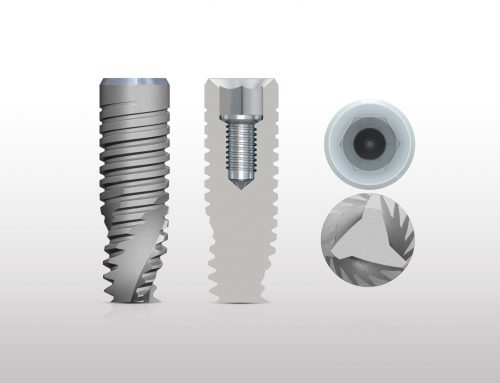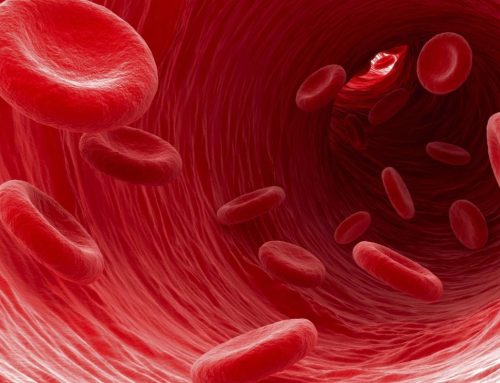By Prim. Dr. Tome Tasevski
Finally, after so long, it’s the right time for YOU to have a new smile. Perhaps you’ve been informed of the prosthetics that are going to be used for your artificial teeth, but maybe not. This is a very important matter, so here are some tips.
Depending on the kind of the prosthetics that are going to be used, there are 2 kinds: movable and fixed. The first one is a reduced denture, attached on the implants with different types of connections. The denture is regularly made of acrylics as base and fabricated “ready to use” acrylic teeth. I choose this option generally for several reasons:
1. When I do not have sufficient bone and have to put smaller implants in diameter and length;
2. Because of the implants’ size, I do not like to stress them too much;
3. The hygiene of my patient is not at satisfactory level. He can remove the denture from its mouth, clean it thoroughly, both his mouth and the denture;
4. Economic matters;
5. Age of the patient.
This does not mean that your smile will be too artificial because nowadays the dentures and the fabricated teeth look very natural. It is very difficult for common people to distinguish what they are.
The second type of prosthetics are crowns or bridges fixed on the implants. In general, this type of prosthetics is most preferable from my patients. Some of the crowns and bridges can be screwed and some of them can be cemented with special made cements. The material used here is metal (as base) and composite (as layer), metal ceramic and zirconia (full or layered with ceramics). Here I have some issues that sometimes I debate, either with some colleagues or dental technicians. Namely, the problem is:
Some of the dentists love zirconia. I have to admit me too, but never as bridges on implants, especially not when they are circularly made in one piece. Why?
1. The zirconia is very hard material but it is very inflexible. Bite stress and friction can easily break it;
2. The connection implant – zirconia. If it is screwed with the implant, the screw is made by metal. So, how much force will be used in order to screw it, having in mind the point number 1;
3. If we choose to cement the zirconia with the abutments (connective elements, which generally are made from titanium but in some cases, ie. greater biocompatibility or aesthetics, the dentist requires them to be made by zirconia) again we will have a case. If we put a small quantity of cement, that means that the zirconia has too small space in-between the abutment, so the minor friction made by the bite stress again will refer to point number 1. If we have to put a bigger quantity of cement then, as time goes by, 2 things will happen: either the bridge will fall out or again will break falling out;
4. There is a problem with the aesthetics, when we have metal abutments in the aesthetic zone (frontal teeth) because the zirconia is generally very transparent and translucent, especially the zirconia HT (high translucency) or zirconia SHT (super high translucency).
5. After sintering (thermal treatment of fine-grained material at a temperature below the melting point of the main constituent, for the purpose of increasing its grain size and strength by bonding together the particles) the zirconia has a shrinkage of about 30%. Having this in mind, I am not really sure that the bridge which looks like a horseshoe will have a precise fitting.
6. Having it done by zirconia the horseshoe bridge weights 5-10 times more (depending on its design) than the same bridge made by CoCr alloy or titanium. This weight is very bad, because the resorption of the bone where the implants are placed will be higher, especially when the bridge is placed on 4 implants.
Of course, the industry has found some methods to avoid the above mentioned problems, but by my personal experience are risky. Many dentists and dental technicians do not care about that. Why? Well, of course, because you will pay more. They will just sell you the story that the zirconia is the best biocompatible material, that it is very hard and that has the true aesthetics. Believe me, they are going just for your money!
My personal choice is always metal. Now, what kind of metal? Some dentists use regularly titanium. I use both, cobalt-chrome or cobalt-chromium (CoCr) alloy and titanium but generally I use the CoCr alloy. Here, again, as always, there is a debate with the colleagues and dental technicians but it is about the corrosion and galvanic current, issues which I would like to further analyze on my next posts.
From my personal experience, I had never had problems with the use of CoCr alloy. I had great fitting, great friction, great statics, great flexibility and great aesthetics. I do not want to impose or change any opinion here, but I just want to share my experience. It is YOUR personal choice but suggestively given to you by YOUR dentist.
YOU are now informed, so Choose Wisely!









